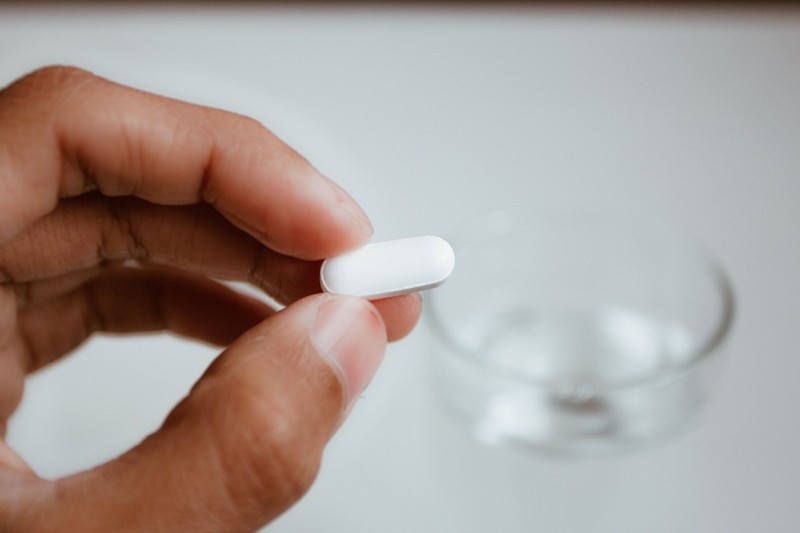Introduction
Ponstan and Pontalon are the common brand names for mefenamic acid. It is widely available in the market as a painkiller to relieve fever and pain. In this article, we will discuss a frequently asked question, ‘does Ponstan stop bleeding?’.
What is ponstan?
Ponstan is a mefenamic acid belonging to the class of medication known as nonsteroidal anti-inflammatory drugs (NSAIDs). It works by reducing the chemical prostaglandin in our body that causes fever, pain, swelling and inflammation.
Ponstan is available as oral tablets, capsules and syrup. It is used as a short-term treatment of not more than 7 days due to its side effects.
Uses of ponstan
Ponstan is used to relieve fever and mild-to-moderate pain caused by a wide range of conditions as below:
- Muscular pain
- Joint pain due to osteoarthritis of rheumatoid arthritis
- Pain due to sprain, strain or fracture
- Toothache
- Headache
- Pain following childbirth
- Pain following surgery
- Menstrual pain
Does ponstan stop bleeding?
Apart from relieving pain, ponstan also works by reducing heavy menstrual bleeding. By opposing the production and action of prostaglandin in the wall of the uterus, it decreases blood loss by 30-50% in women suffering from heavy menstrual bleeding.
However, long-term treatment with ponstan at a high dose might bring detrimental effects. Prostaglandin plays a protective role in the stomach and intestine to form a protective layer that prevents erosion from stomach acid. As ponstan decreases the activity of prostaglandin, it increases the risks of the ulcer, bleeding and perforation. The risk is even higher in an existing case of stomach or intestinal ulcer.
Do contact your doctor immediately if you experience the following symptoms: vomiting blood, bloody or black tarry stool, skin or eyes turning yellow, or severe stomach pain. It might be a sign of internal bleeding. It is a life-threatening emergency which requires immediate treatment.
Conditions which increase the tendency of bleeding with Ponstan
Ponstan increases the tendency of bleeding with the conditions below. Do seek advice from your doctor before consuming it.
Alcohol
An alcohol drinker might have a greater risk of bleeding and developing ulcers when undergoing treatment with Ponstan.
NSAIDs
Combining NSAIDs such as ibuprofen, naproxen and aspirin with ponstan might further reduce the level of prostaglandin causing bleeding issues.
Blood thinning agents
Blood thinning agents, if used together with Ponstan, will cause major bleeding. Examples of blood thinning agents are warfarin, clopidogrel and aspirin.
Liver and kidney disease
Liver and kidney are the vital organs to clear drugs and chemicals from our body. Failure to do so might lead to an increased amount of Ponstan left in the body leading to manifestation of various side effects including increased bleeding risk.
Common side effects of Ponstan
Some patients experienced side effects from taking Ponstan, especially when consumed for a long time at a higher dose. Most of the side effects are mild and go away in a few days. Constipation, diarrhea, bloated stomach, vomiting, dizziness, headache are symptoms that are commonly reported.
Rare but dangerous side effects
Several side effects, although rare, are being reported in patients taking Ponstan. Ponstan can slightly increase the risk of heart attack, heart failure and strokes. Patients with an existing stomach or intestinal ulceration might develop sudden internal bleeding after taking Ponstan.
Conclusion
Ponstan is the brand name for mefenamic acid, belonging to the family of NSAIDs. It is used to treat fever, mild-to-moderate pain conditions and as a treatment to reduce blood loss for heavy menstrual bleeding. However, in certain groups of patients, it might increase the risk of bleeding. Kindly consult your doctor before taking Ponstan.

